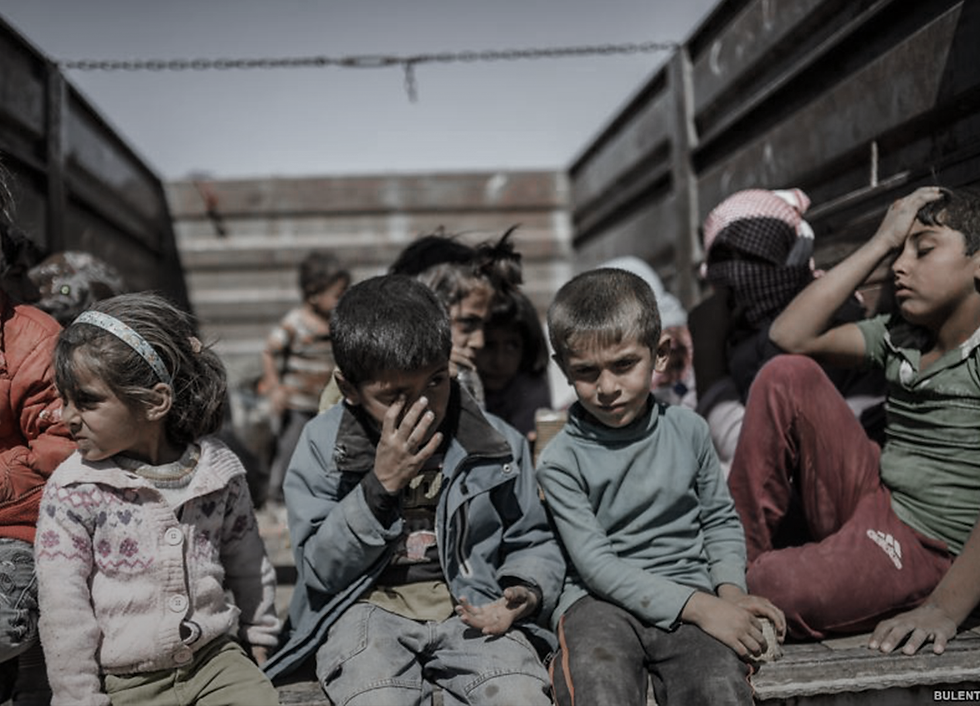004: The Syrian Refugees
- Aishwari Krishna

- Dec 8, 2018
- 2 min read
This story begins in Syria, with a political wound which runs deep into the government. Ties between the Syrian government and Russia, as well as Iran, and the alliance between the rebel forces and countries such as the United States of America, the United Kingdom, and France. A crisis spilling across borders, violence in the heart of the country has reached a peak, at which point almost eleven million refugees have fled since the onslaught of the war in 2011.
These refugees fled to neighboring countries such as Turkey—in which the majority reside—Lebanon, Jordan, Egypt and Iraq. In 2018, the war reached it's eighth year. Countries within and without Europe became unwilling to take in refugees due to the immense impact it began to have on their societies, and economies. Aid had been cut to many areas, and the Syrian people seemed to be on their own—except for some camps set up by organizations like the United Nations.
However, the ratio of funding to lives is low, and the quality of life of these civilians is not as good as it could be. Most are designed as temporary settlements, but soon became homes for Syrians who have lived there for years. From children, to elders, and simply adults, many suffer from serious health issues, including chronic disease due to the inability of these camps to meet their needs in hygiene, and healthcare.
These people suffer from major illnesses, and according to The Borgen Project, approximately 90% of those refugees are ailed by non-communicable diseases
(those not infectious). This type of disease includes hypertension, diabetes and cancer, serious ailments which can be life threatening.
Diabetes, for example, is caused when the pancreas cannot produce enough insulin to regulate blood sugar. Although insulin shots and a good diet are a quick fix for this issue, a more permanent solution is to simply replace the organ. Diabetes can be lethal when left untreated, increasing the risk of heart disease, stroke, infection, cataracts, glaucoma, nerve damage, and much more.
Cancer is known as a fatal illness; in 2016 alone, it killed around 8.9 million people. Malignant tumors form when an unhealthy cell multiplies at an abnormal, rapid rate, and begins to either block off important organs, or cause another unhealthy change in the body which can be deadly. Today, technology such as chemotherapy and radiation therapy are viable treatments, but they have serious consequences themselves.
If bioprinting became a more developed concept, and was used in a larger proportion, it would likely become both cheaper and more efficient, meaning it could replace things such as insulin injections, or the need for chemo or radiation therapy. By replacing the organ that has malfunctioned, the patient would be likely to lead a more healthy, comfortable life.




Comments